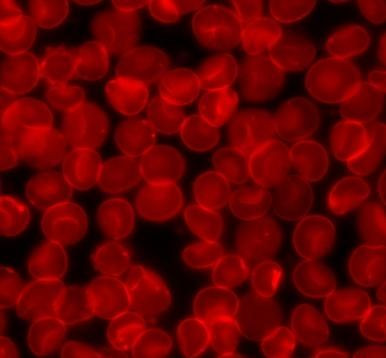Blood Disorders Mechanics Deconstructed

When researchers deconstructed the way the body regulates iron and manufactures red blood cells, they realized a new therapy could soon treat thousands of patients struggling with blood disorders across the globe.
An international group of scientists, led by Weill Cornell Medical College, uncovered two new ways to treat beta-thalassemia, a worldwide blood disorder that reduces the production of hemoglobin, which is a protein that carries oxygen to all the red blood cells in the body. The condition is diagnosed in 750 to 1,000 people in the United States, but is etimated to affect 100,000 infants in Asia, Northern African and Middle East, according to eMedTV.
They also proposed new strategies to overcome HFE-related hemochromatosis, a disorder leading to over absorption of iron in the intestines that's commonly found in people of Northern European descent, and polycythemia vera, when the body produces too many red blood cells and creates blood clots in arteries and veins.
"When you tease apart the mechanisms leading to these serious disorders, you find elegant ways to manipulate the system," said Stefano Rivella, associate professor of genetic medicine in pediatrics at Cornell.
The study found two genetic mutations that made patients with beta-thalassemia and hemochromatosis susceptible to anemia and excess iron count. Researchers also made a suprising discovery--macrophages were working with the erythroblasts that make red blood cells.
"No one knew macrophages were a part of emergency red blood cell production. We now know they provide fuel to push red blood cell factories to work faster," said Pedro Ramos, a co-author and former postdoctoral researcher at Cornell.
Patients suffering from beta-thalassemia have overgrown spleens and livers because of the red blood cell overload.
According to researchers, potential treatments for this condition involve inhibiting the macrophage that binds to erythroblasts so they can reduce the number of red blood cells produced. They could also develop therapy targeting and stopping macrophages from recycling the excess iron.
"I estimate that up 30 to 40 percent of the beta-thalassemia population could benefit from this treatment strategy," Rivella said.
In another strategy to regulate the iron counts, the scientists said creating a mutation in the Tmprss6 gene would stop the body from using iron.
The findings were revealed in Nature Medicine and Journal of Clinical Investigation.



























